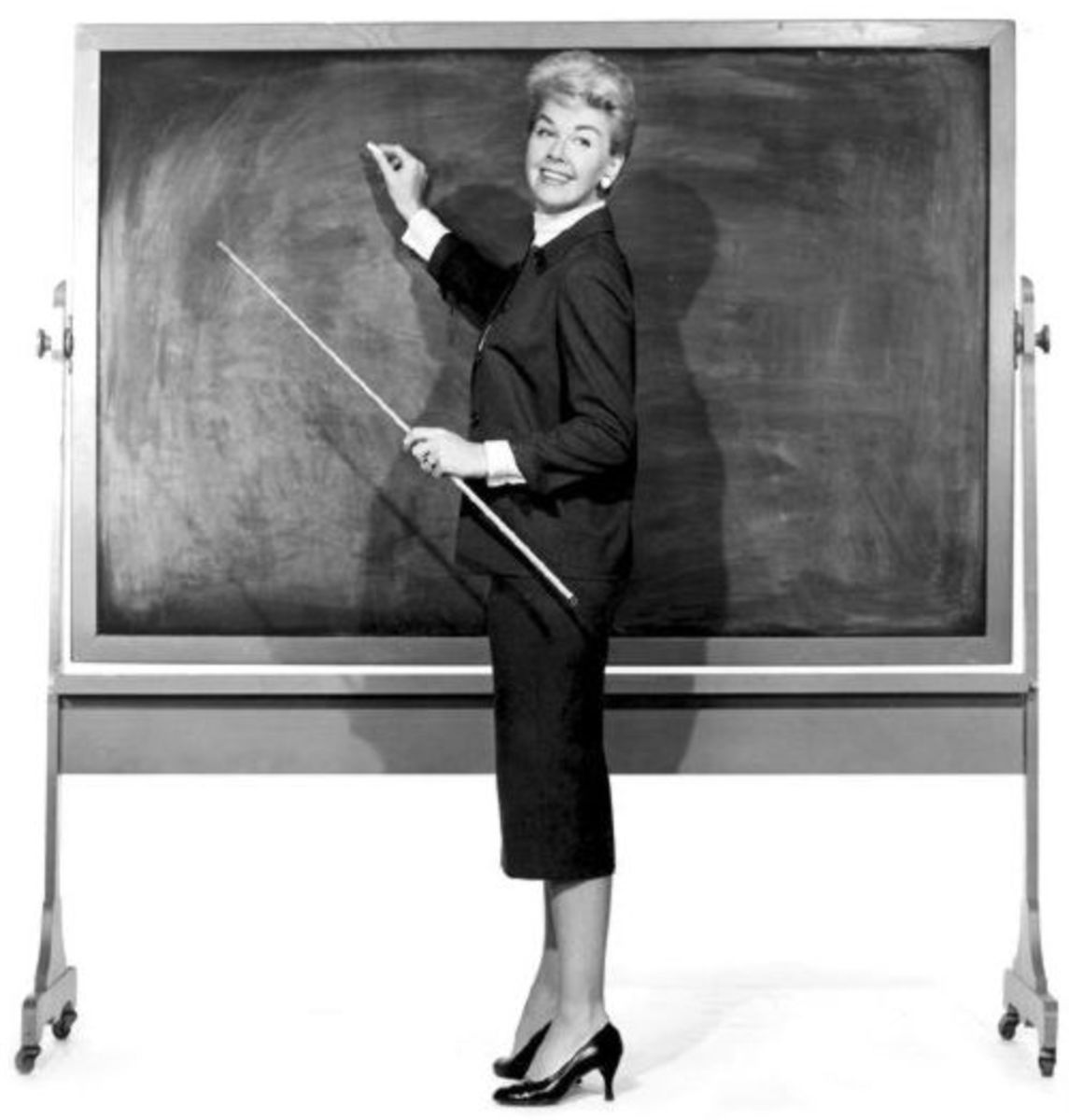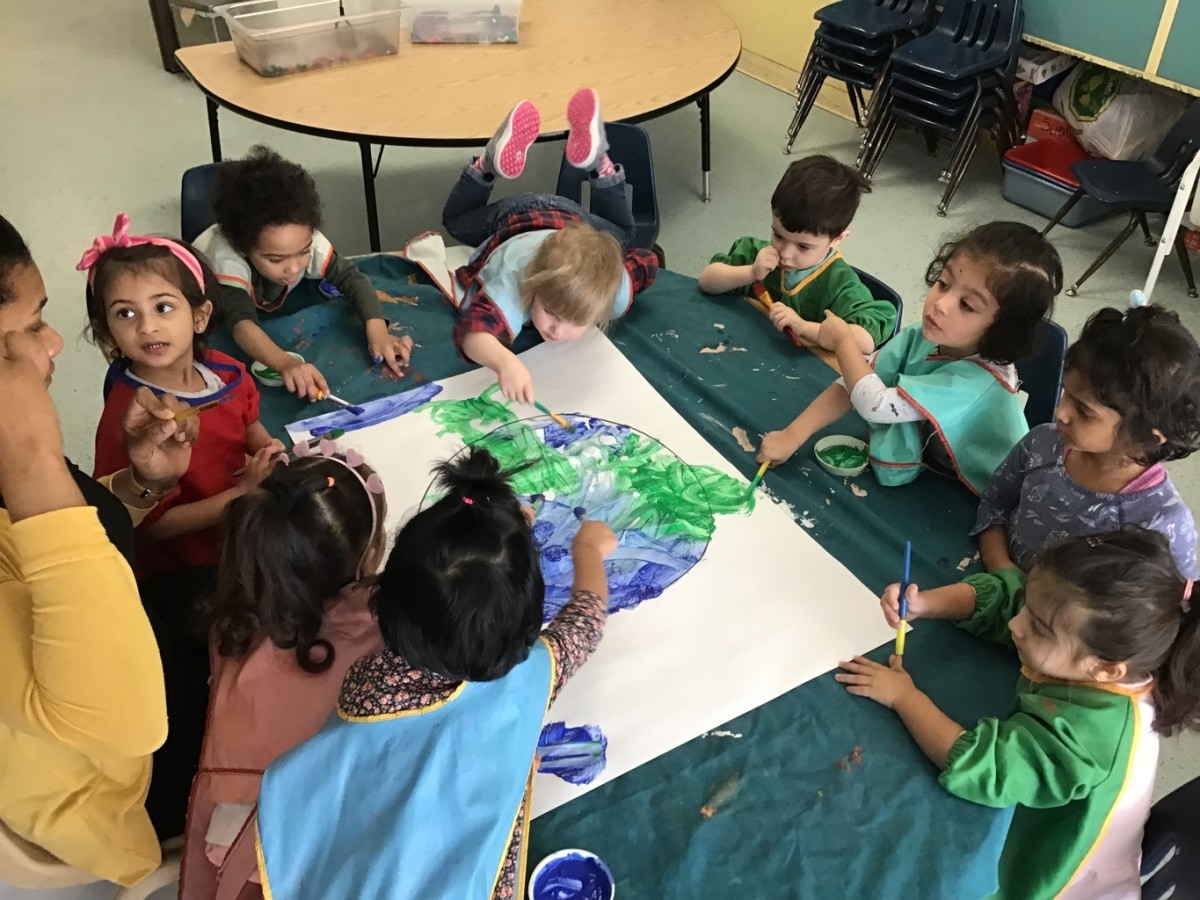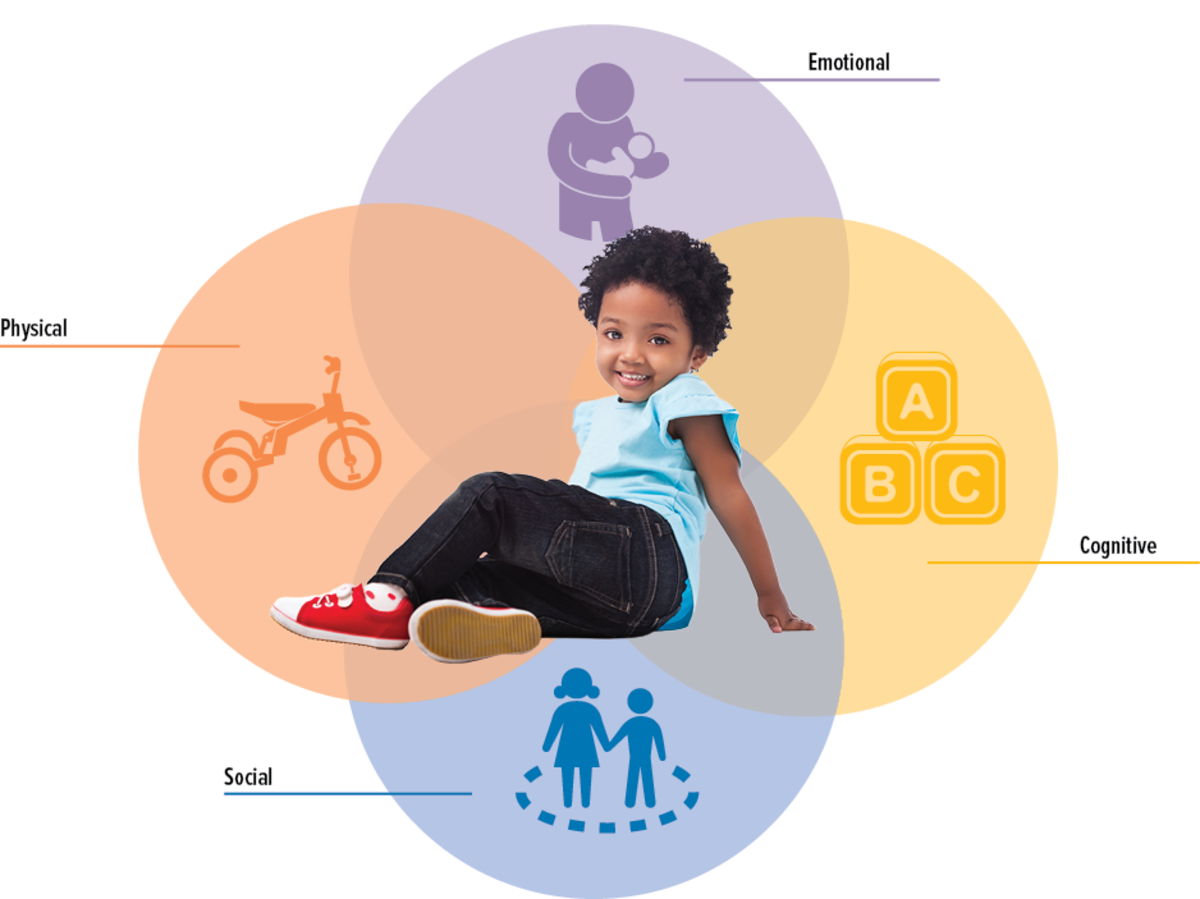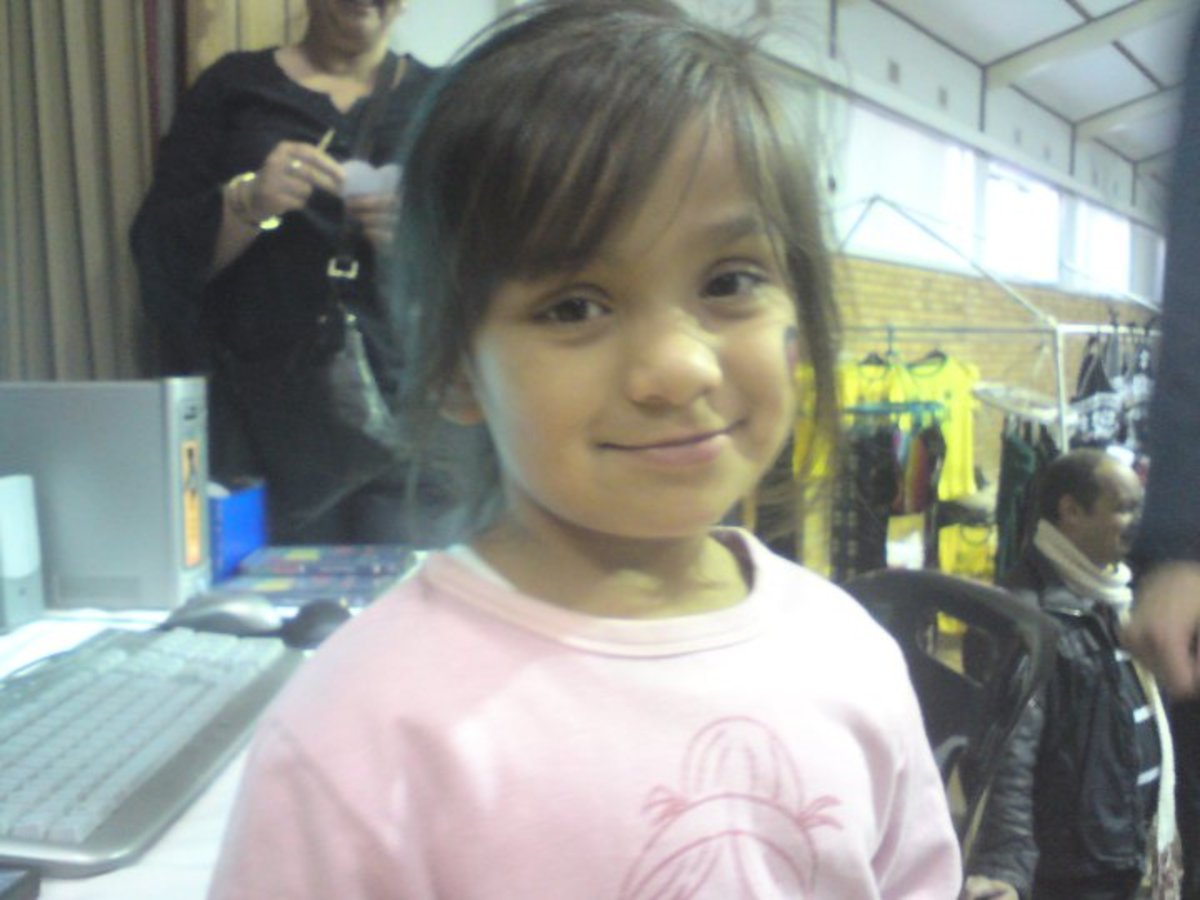NAEYC - National Association for the Education of Young Children
NAECY Essay
The 2010 National Association for the Education of Young Children Standards, for Initial Early Childhood Professional Preparation Programs is an elaborate explanation and guidelines ; of expected outcomes of one’s education on their way to becoming an early childhood educational professional. Outlining what is expected for educators to offer a more unified educational experience. The framework these standards build offers educators new ways to apply new knowledge to important issues. These standards also help to prepare the individual as a professional and give the early childhood field the label as a profession. These standards were brought about because a more universal method was needed to prepare and educate our young children, before they move into kindergarten. Through time, the standards have grown and been revised several times. It has been divided into groups of associate, bachelors and masters degrees. They have also added advanced standards for graduate programs and field work hours for all levels. It is important to have standards that outline what is expected of our educators because without these any bloke of the street could teach our kids. Having standards offers a more secure and stable format and environment for bettering our society, for without rules and standards there would be no fundamentals to achieve beyond expectations and evolve as a people for through our children, who grow up faster every day. By proper preparation of teaching candidates they are able to guide in the child’s learning direction so they can harness their abilities and benefit from learning. My intention in writing this essay is to be able to take a group of children and have them begin their own journey in learning and creating with the knowledge that is bestowed upon me and help to guide them in their future endeavors.
STANDARD 1. PROMOTING CHILD DEVELOPMENT AND LEARNING
This standard emphasizes developmental knowledge and promotes independent needs of the child/children from birth to age 8. It emphasizes the importance to build a learning environment that is supportive and will not hinder the child’s learning. It is important to offer a safe and effective learning environment because they will not only learn stronger and grow beyond but to hinder that progression will create a child who is obstinate and will not benefit themselves or society. The potential influence of early childhood programs can decrease the need for alternate forms of education, classroom structures, and behavioral outlets and supplement the lack of emotional ties. It can also encourage one’s self awareness and the benefits that they can give for being who they are in our society. By supporting a child’s independence; they are more apt to progress physically, emotionally, and psychologically; from positive reinforcement in their achievements and individualism to become very successful in their future goals. Before my education classes I believed it was important to offer an environment full of opportunities for the child to grow. I was not aware of the different steps of learning necessary in a child’s environment to offer the optimal learning experience. In my fieldwork I have witnessed the use of some of these steps. If a child feels safer in an environment they are more apt to explore their surroundings. As a daycare worker I have seen a child who has never been in a daycare setting venture into a room and sit and cry. The child will sit and isolate themselves until they feel safe. As a teacher it is our job to help comfort that child and to find out what that child like in order to offer them something they are familiar with to help them warm up to the new surroundings. When the child was offered the opportunity to make a new friend and explore something new with this friend he was hesitant but not fearful and crying. After a little encouragement from his new friend and the lead teacher, the child was successful. Without his friend and the encouragement from the teacher he would have missed out on this new experience.
STANDARD 2. BUILDING FAMILY AND COMMUNITY RELATIONSHIPS
This standard emphasizes the importance of relationships and how they can benefit not only you and the classroom but the families of your students as well. It also emphasizes the importance of understanding of different cultures and religions. There are many different living situations in society. As a teacher you never know what you may encounter in your classroom. Children cannot help how or where they live and cannot help how that affects their learning. As a teacher it is important for one to know your families because you can offer support, insight and direction for the parent/family to solve the problem at home. Problems at home can affect the child in the classroom and their abilities to further their knowledge. Having positive community relationships can make an immense difference in someone’s life. Not only do the relationships offer you as a teacher an opportunity to further education opportunities in the classroom like a firefighter or dentist but it also offers you a chance to help other families in need of services. You may be able to help someone who is struggling to feed, clothe, and bath their child and themselves with your connections to your community. In the daycare that I work at we have 10 families; 2 in each room, that we adopt for Christmas. We get clothing information and favorite foods from the families along with what the children want for Christmas and we accept donations from local churches and our teachers. Being able to offer this little token to the family goes along way. Without the help of the community and the connections our teachers have with their churches and the families this would not be entirely plausible. In my diversity class I also learned how important it is to be knowledgeable of the religious beliefs of different cultures and how they might affect a child’s view on the topic at hand. Prior to this class I was ill educated and severely lacking on how diversity truly plays a role on education as well as culture. I have seen teachers invite people into the classroom to cook with the students and offer new food and knowledge from their culture. This one technique is among many I would like to offer in my classroom in order to offer a more diverse classroom. The more diverse a classroom is the more productive it becomes, as well as a benefit to society and the potential that encompasses the child in their own special future.
STANDARD 3. OBSERVING, DOCUMENTING, AND ASSESSING TO SUPPORT YOUNG CHILDREN AND FAMILIES
This standard expresses the importance of observation tools, documenting and assessing children and their families. It is important to know how to properly use these skill and resources. With proper utilization of these you can assess the child’s strengths and weaknesses and ascertain the direction needed. You as a teacher need to be open minded, skilled with the tools and explore the foundation of a specific child’s learning pattern. For instance; if a child has behavioral difficulties, your lesson plans and structure should reflect this and promote progress within the child’s learning abilities. If a child is having difficulty with a subject; teach it using a different form that you know works better for that child can encourage the child to explore the many possibilities of learning many subjects. If a child struggles with a subject they may develop a dislike for it; and could hinder their advancement in their future. With the proper use of assessment tools and observing your students you can learn how they learn best and alter your lesson plans for optimal retention for all students.
STANDARD 4. USING DEVELOPMENTALLY EFFECTIVE APPROACHES
This standard is the most important in factors of standard 3. This standard emphasizes the importance of proper use and understanding of effective strategies, tools and technologies to promote a positive educational outcome for each and every child out there today and in the future. By offering positive educational opportunities that are developmentally appropriate for the age group you can build and maintain the classroom structure to promote growth and well being. This standard also emphasizes the importance of being a positive role model and understanding the theories and research that support these standards and keeping up to date with them. Using these tools and advancements, early childhood professionals gain a broad repertoire of effective strategies and tools to help young children learn and develop well.
When teaching; your main principles should be to have engaging conversations, thought-provoking questions, an abundance of materials, and unplanned activities available to spark the child’s interests and hold it letting the child expound on it by him or herself. I was working in a classroom in the beginning of my Child Time adventures, when I noticed a child who at the time was eating a jar of paste. I asked the child, we will call him Little Jimmy; “Little Jimmy why are you eating paste?” He cheerfully replied with a smile: “It’s good and sticky. “ “Paste is not good for you it can give you a tummy ache, it is meant for putting pretty pictures on paper; you want to help me does that?” I said .With proper explanations and direction Jimmy learned that paste can be harmful when eaten and with a role model to show him what was okay and not okay to eat Jimmy was able to distinguish between the two and stopped eating paste.
STANDARD 5. USING CONTENT KNOWLEDGE TO BUILD MEANINGFUL CURRICULUM
This standard emphasizes the importance of understanding basic knowledge and resources in academic disciplines. For example, understanding content knowledge and resources in academic disciplines, as well as language and literacy. This includes using and promoting the use of the arts; especially music, creative movement, dance, drama, visual arts; mathematics; science, physical activity, physical education, health and safety; and social studies diversely and jointly throughout your lessons. Knowing and using many central concepts, inquiry tools, and structures of content in areas of academic disciplines helps to maintain the focus of many children is an appropriate tool for fundamental learning. Using your own base knowledge and appropriate early learning standards, as well as other resources to design, implement, and evaluate developmentally challenging curriculum for each and every child you teach. Doing this helps to make each step in the learning sequence more meaningful for the child. After learning the importance of this standard; I plan to utilize this in my classroom in the future. I knew prior to obtaining this knowledge that parts were important but I did not know that all parts help to imbue the depth to which it affects a child’s learning. The more I learn and grow as an educator the more I understand of my past education and what went wrong and what made me the person I am today. I want to be an educator that embraces the new ways of learning in order to offer children the best learning experience I can possibly give them. I want to open the doors to new and exciting possibilities and encourage each student to walk through the doors that call to them and succeed. For I as a teacher am the giver of tools unto little hands to help shape little hearts.
STANDARD 6. BECOMING A PROFESSIONAL
I think the main emphasis in this standard is becoming a professional in the early childhood field and advocacy for young children and the early childhood profession. I am an educator and striving to be a childhood educator. This being said I feel there is a certain importance to knowing the basis of early childhood educational roots and structure as a child enters a classroom in elementary school; this becomes of severe importance. As an educator I gladly engage in involving myself within the early childhood field as it will benefit me as a teacher and my students in my future classroom. It is beneficial to see the educational background for the early learners. I relish with pride in knowing about and upholding ethical standards and other early childhood professional guidelines. I vow to continue engaging in continuous, collaborative learning to inform practice; using technology effectively with young children, with peers, and as a professional resource. I will share in integrating knowledgeable, reflective, and critical perspectives on early education to further increase our productivity as teachers as well as the furthermost of education bestowed upon the ever changing children of our classrooms. I will use the knowledge I am learning from early childhood education to be an advocate for children and use their guidelines as stepping stones for my students, for when a child’s small voice is heard by a teacher it is heard by the world.
STANDARD 7. EARLY CHILDHOOD FIELD EXPERIENCES
The main emphasis of this standard is the importance of the knowledge you gain from working in a wide range of classrooms and different age groups. I have done 20 hours in a 5th grade math class, 15 hours at Childtime Learning Center in the toddler 1 room and the required visitations of an hour each to SUNY Cortland day care, YMCA, and Parker Elementary. I have learned that math can be fun. When I was growing up I disliked math, the way it was taught then is very different that the way it is taught now, had it been taught like how it is now when I was in school it may have changed my outlook on math. Math was not easy for me and if I had someone teaching it to me from a different angle I might have understood it and embraced it. This in mind I plan to use the different and multiple intelligences in my classroom to enhance learning for all types of learners. Through my fieldwork I have noticed that I have a knack for the older age group versus the early childhood age group.
My outlook on the future before taking this class among others was bleak at best; now with the knowledge that there are many fundamentals in which one can teach makes the student who is becoming the teacher feel as though the research and standards we are taught to uphold are really progressing so that there is truly NO child left behind. The importance of the standards is guide educators to build the framework for which a child develops in order to find their own path in society. There are many outside influences in a child's life today; if we can begin by using theses valuable fundamental techniques we may be able to change the course of a child’s life for the better; no matter if he or she comes from the poorest side of town or the richest; the journey of a thousand miles begins with a single step. I choose to be the wielder of the gift of knowledge, using these standards as my tools and help any child, find their way and if they fall have the strength to reignite their flame to continue to become the best person he or she may become.
National Association for the Education of Young Children. (2010). NAEYC
Standards for Initial & advanced early childhood professional preparation programs:For use by associate, baccalaureate and graduate
degree programs. Retrieved from http://www.naeyc.org/files/ncate/file/NAEYC%20Initial%20and%20Advanced%20Standards%206_2011-final.pdf









